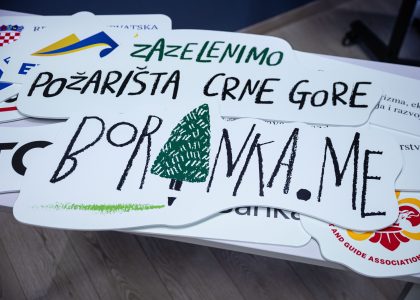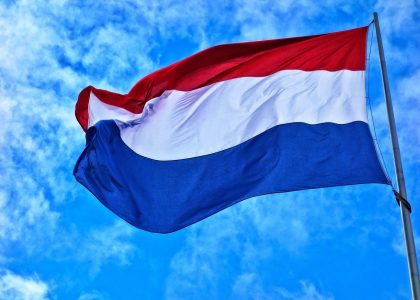The European Mobility Week, during which the panel discussion “Smart and sustainable mobility in Podgorica” was held at the Europe House, is just one of the frameworks for getting citizens to think about the way they move can make their lives better. Mobility should not be seen as a choice between a bicycle and a car or any other means of transportation, but as an integrated service for citizens, said the Director of the Permanent Secretariat of the Transport Community, Matej Zakonjsek.
As Zakonjsek said, in order to achieve smart and sustainable mobility, citizens need to change their habits and think more about the benefits that this type of movement brings, while it is up to the authorities to improve the conditions of public transport.
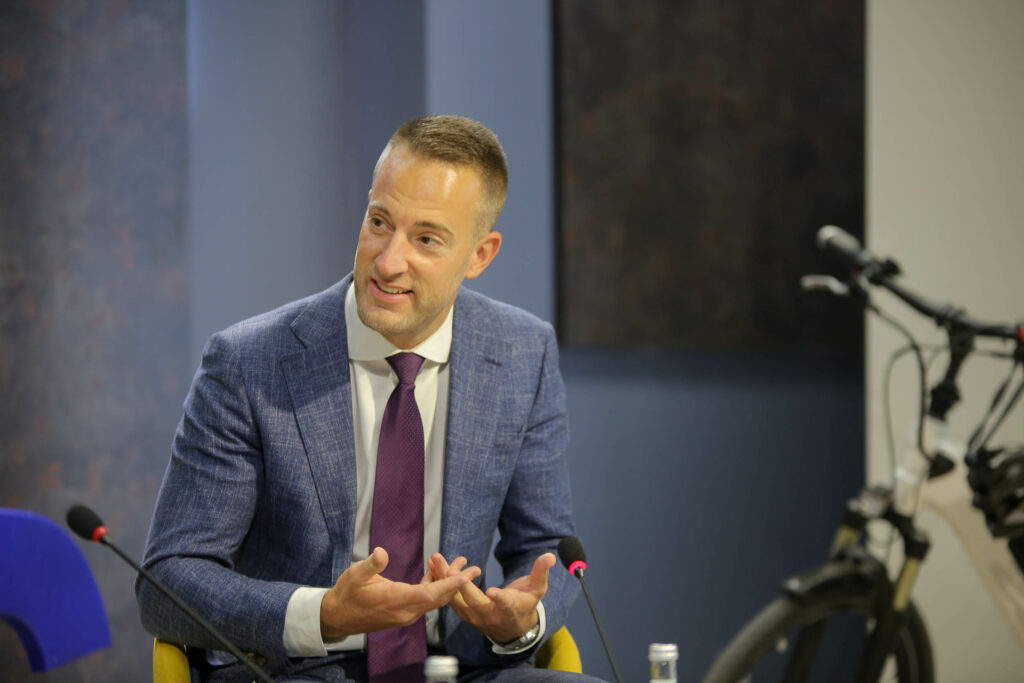
“The cities of the Western Balkans have one big common problem, and that is pollution. Transportation definitely contributes to that problem, and it’s a health-destroying problem. That’s why we have to think about the way we move through cities and that at a systemic level. The future of mobility is for mobility to become a service, to allow us to search for the best way to travel a certain distance using one organised and integrated service,” said Zakonjsek.
He reminded that Podgorica is one of the three cities from the Western Balkans that is committed to zero emission of harmful gases by 2030. Achieving that goal is possible only with changing the way of thinking about traffic participants and the joint work of all those interested in preparing a new systemic approach.
“All types of transport should be integrated into one service for mobility to be a service. The solution is to build conditions for alternative modes of transport. It is absolutely necessary to invest in infrastructure if we want to achieve results,” said Zakonjsek.
The traffic commander at the Podgorica Security Centre, Milika Perovic, presented statistical data showing that in the last few years in Podgorica there has been a drastic increase in the number of vehicles and, accordingly, in traffic accidents, including those that end fatally.
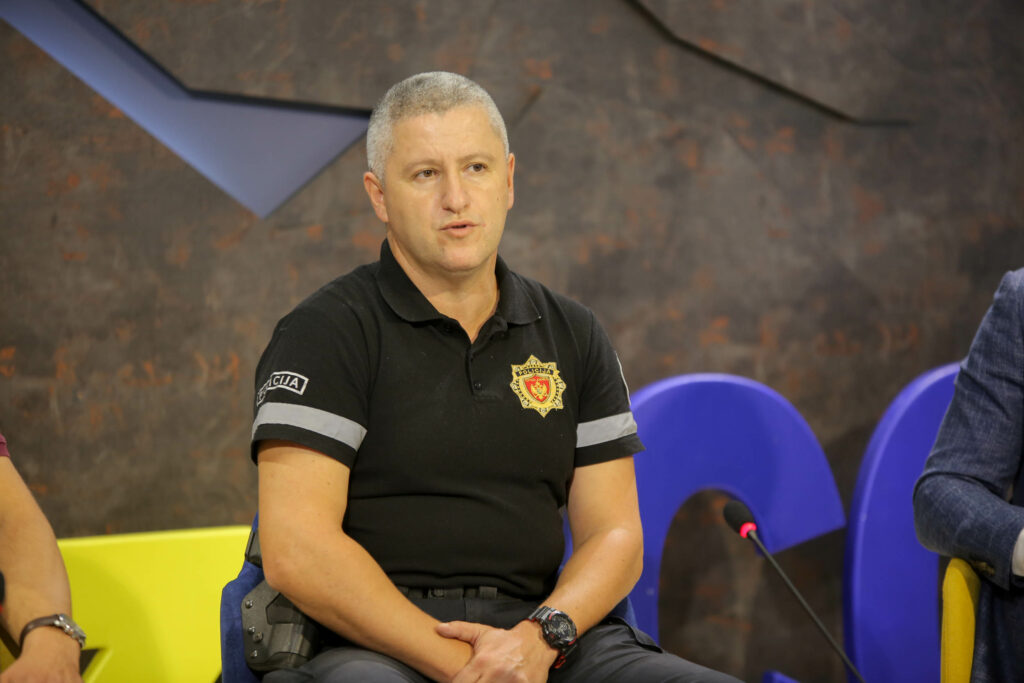
“According to our estimates, there are 100,000 vehicles in the territory of the capital, which is almost half of the number of vehicles in Montenegro. Consequently, pedestrians and cyclists are very vulnerable categories of traffic users, and we hope that with good cooperation we can contribute to greater safety for those who use alternative modes of transportation,” said Perovic.
Traffic is still planned in an outdated way, in which the car is favoured, and other modes of transportation are perceived as secondary, added Stefan Bulatovic from the NGO Biciklo.me. The European Mobility Week is an opportunity to promote active modes of transportation in cities – walking, cycling, and public transport.
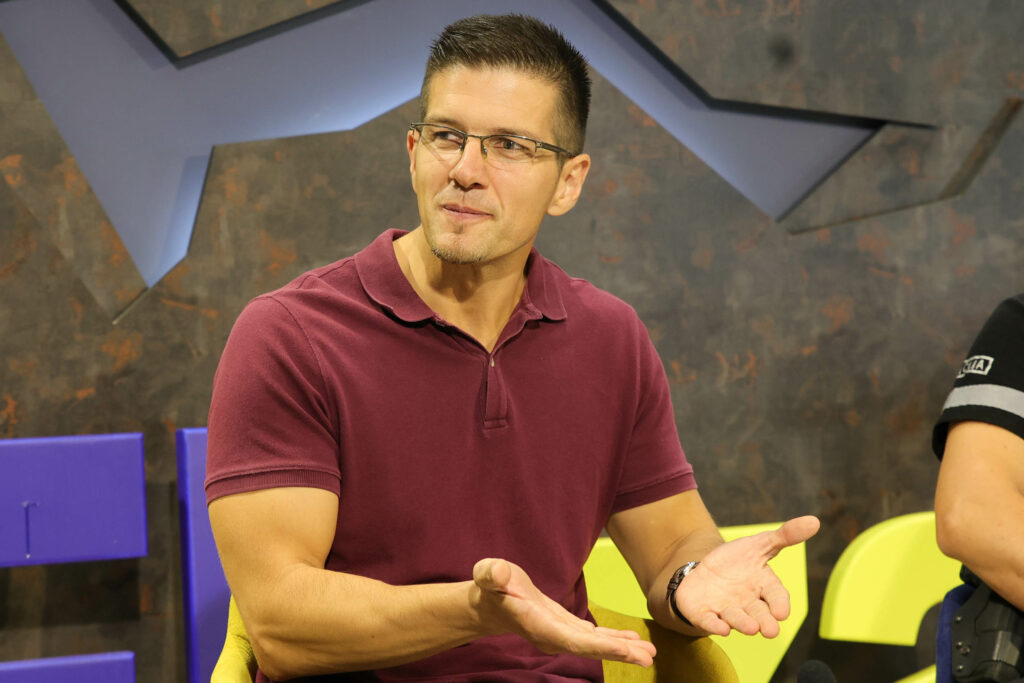
“Podgorica is a compact and plane city, with over 240 dry days, which makes it ideal for active types of mobility. Instead of using these advantages, the car is still the main means of transportation in our city. According to research, over 70% of people travel by car, about 5% use public transportation, and only 1% travel by bicycle. Infrastructure needs to be developed in order for people to move in a sustainable way. “Alternative modes of transportation must become part of everyday life, but in addition to infrastructure, the development of public transportation and the regulation of parking are key,” Bulatovic believes.
The European Mobility Week is an opportunity for cities to test new mobility solutions, promote new infrastructure for sustainable modes of transport, and enable citizens to experience car-free streets.

